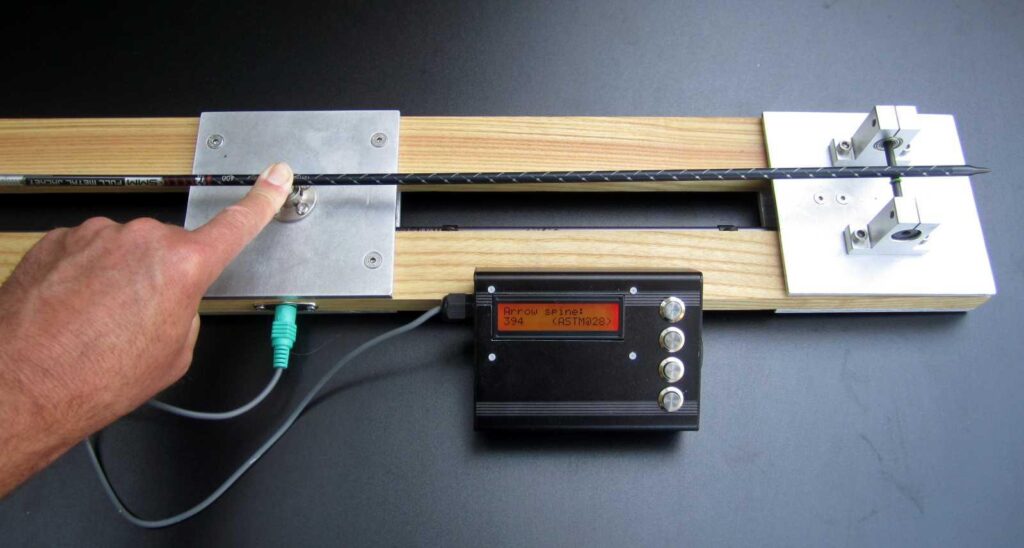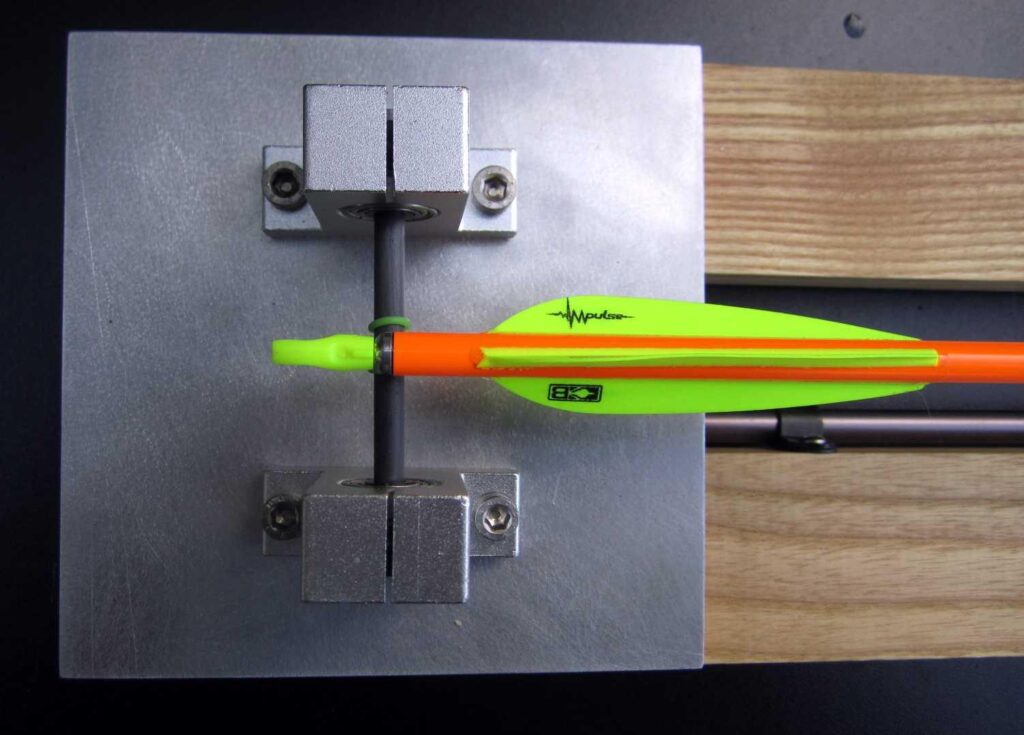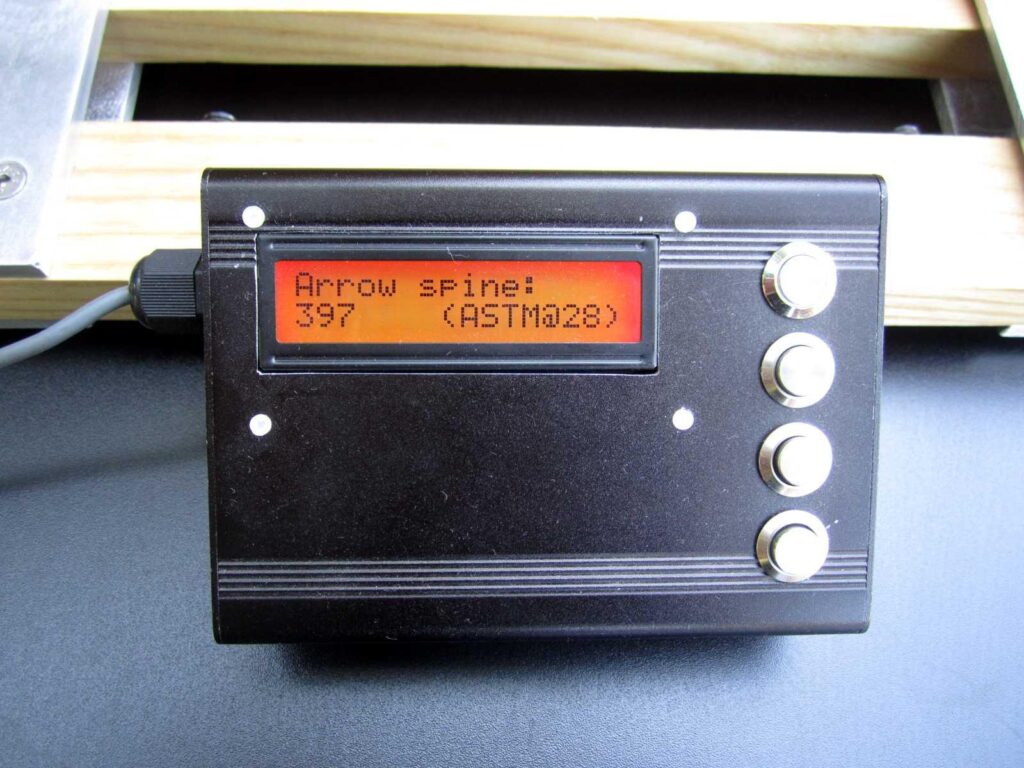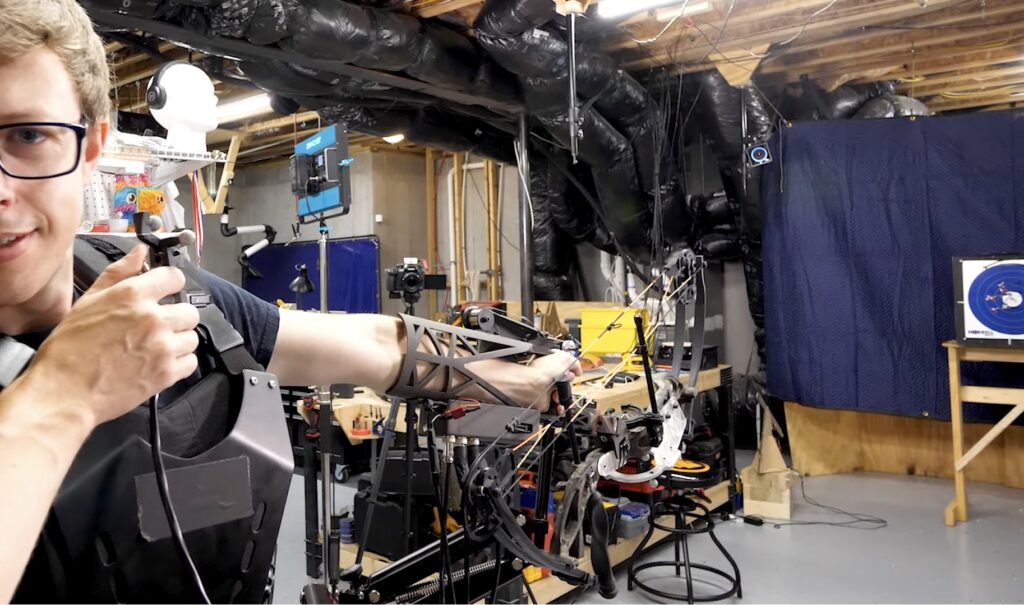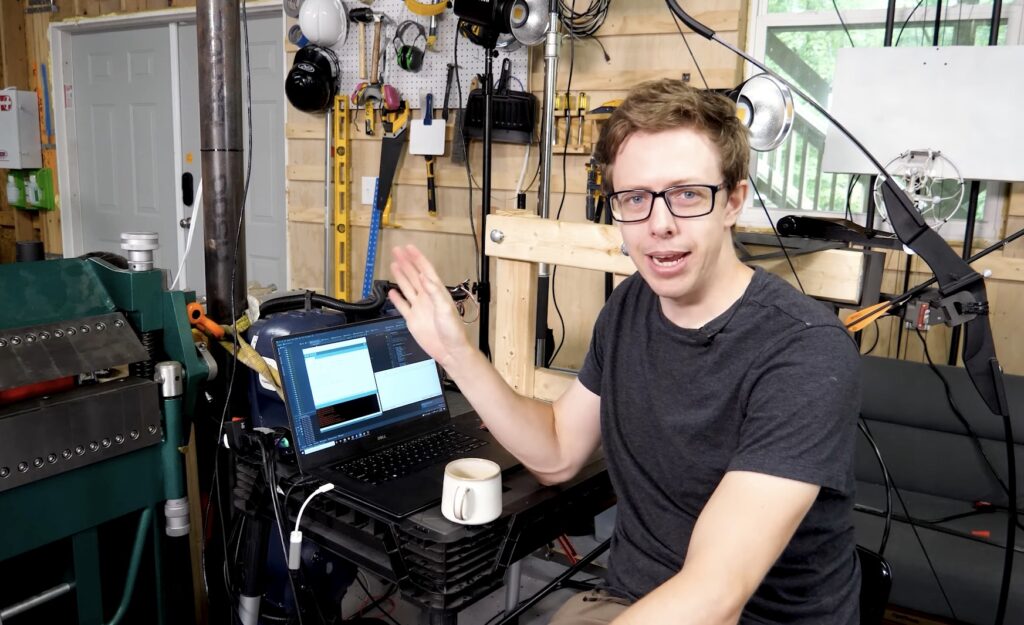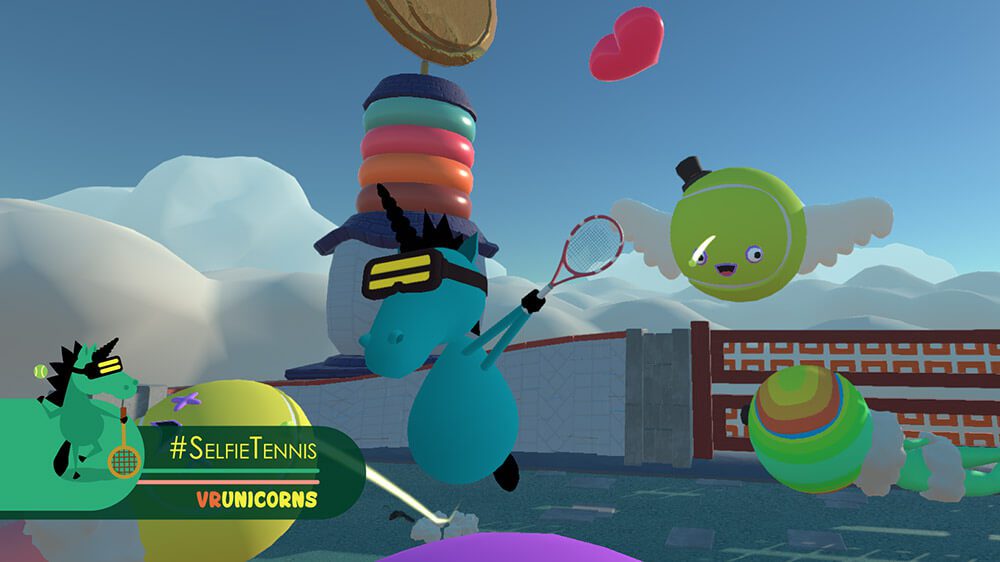Reading Time: 6 minutes
With Vive Trackers and the Racket Sports Set becoming available soon, we chatted with the mystical developers at VRUnicorns, who are bringing compatibility with the new accessories to their hashtagged VR titles.
Being “game jammers by heart” our questions were answered by Horatiu Roman (Chief Technical Unicorn), and Julie Heyde (#ChickenBitch) of VRUnicorns.
For those who aren’t familiar, tell us a little about you, and your projects over at VR Unicorns!
We’ve been creating VR games since Julie stole an Oculus DK1 from the Copenhagen Unity office back in spring 2013, but our worlds were changed when we received the Vive in summer 2015. We are game jammers by heart and started jamming out various crazy semi realistic sports games although we were supposed to work on a Norse mythology horror game called RagnarokVR.
One day Horatiu made the very first version of #SelfieTennis, and it was so fun to play that we cancelled RagnarokVR. We started working on #SkiJump around the same time and then later teamed up with The Swedish part of VRUnicorns on #Archery. When Julie was high on steroids last year she came up with the idea for #Utopia and suddenly we had 4 games in development.
Okay, what’s the deal with all the hashtags.
#-tagging everything started as a joke as Julie really hates hashtags. So it’s more of a pun-on-pun than anything else, but now we are stuck with hashtags. Forever.
While we’re talking about existing projects, how did you come up with the ideas for these games?
#SelfieTennis was seeded when Horatiu, Milan and Julie had a late night idea jamming in the office and Milan came up with the idea of playing tennis with yourself. So Horatiu decided to jam up a game called #SelfieTennis the next day and asked Julie if she wanted to play tennis with herself and she was game. About a week later we dropped the game we had been working on for 2+ years and then went all in on semi-realistic sports games and they are so much fun!

#Archery started at a Vive Jam in Copenhagen that Julie was part of organizing. Max brought Jakob with him to Copenhagen from Stockholm (where Max and Julie had hosted another Vive Jam a few months prior and Jakob and Julie met for the first time). Jakob and Max worked on a game called Pizzahood where you made pizzas with bow and arrow and Julie loved it. A few months later Jakob and Max joined VRUnicorns and Julie forced them to rename the game #Archery. #Archery will launch just before Xmas 2017.
#SkiJump started back in 2015 around the time of #SelfieTennis as Thorsten S. Wiedemann (organizer of A MAZE Festival) came to Copenhagen to visit us. So Julie asked Horatiu if we could make a surprise for Thorsten as he used to be a professional ski jumper. Thorsten loved it and worked on it for a bit with us and we have promised him to release it SOON.
#Utopia was an idea forming in Julie’s head when she was very sick with sarcoidosis and floating around on her back in a kayak in the ocean in Danish Winter high on steroids. She discussed the idea with Mauro and then somehow convinced Rami and Horatiu that we should make a version of #Utopia ready for GDC 2017. They said yes for odd reasons, but partially just because they were happy to have her back to work. And on steroids. We have no idea when #Utopia will release, but Julie wants to upload her soul to it and dispose her body. One day.
Let’s talk about the Vive Tracker! Did you find it easy to add Vive Tracker into your existing VR development setup?
We have already used the trackers for quite a while in #SkiJump with the animation system that Horatiu has created. We basically have a mocap system based on the trackers and recording directly in Unity, so don’t need to hand animate our characters. We were working on #SkiJump the day we received the racket tracker, so we decided to add a ponycorn to the tracker and jump around on #MountPony and shoot with bow & arrow. The implementation took a few minutes and then we were testing. The following days we jumped back to #SelfieTennis and upgraded it to the latest Unity version and then we added the Ponycorn to the tracker, so you can jump around the court with the tracker between your legs while using tools in both your hands – or just play tennis, but get all the tricky balls you play yourself easier than when standing still.

How about adjusting your code – was it easy to integrate?
The racket tracker was very easy to integrate and we have added new features to #SelfieTennis so the gameplay is hella fun with the racket tracker. The best thing about the racket tracker is its limitation: it has no buttons, therefore designing around that makes for more interesting ideas of what you can do in the game – everything that happens is more automatic and you just play and hit stuff.
Are there any ‘dream projects’ you now realize you can create with the Vive Tracker?
One of our main dreams has already come true in terms of animating our characters with the trackers and our own bodies instead of spending hours animating in a 3D tool. This is also very beneficial for Julie as she gets a lot of pain working on a computer due to her condition whereas spending time in the Vive moving around works as an instant pain relief. So suddenly game development is not so damaging to her body and she can work for much longer on a daily basis.
Once we got our hands on the trackers we had many ideas for their use, since we’ve already worked with alternative controllers for games. Horatiu is a piano and guitar player and he has been experimenting with bringing musical instruments in VR for a while, and the trackers are making this easier than ever. Another prototype we played with is a hammock game where the player is on a real hammock, while in VR, and has to shake the hammock to get clowns to fall off the ropes before they get too close… And when we got our hands on the racket tracker, we mostly had ideas for it that had nothing to do with tennis: use it as a giant spoon, a paddle for #SelfieKayaking, a wrench or a suitcase (if you hold it from the opposite end…). And of course as a #Ponycorn.
What most surprised you about using the Tracker? What was an unexpected bonus, if anything?
We have always loved the Vive and the overall tracking system with the base stations, but we were still happily surprised about how well the trackers work and how accurate they are. The trackers are a blast to work with and we are using them daily during development.
Do you think the future of VR is in full-body tracking, or is that not necessary for a truly immersive experience?
We are currently mainly using the trackers during development of our games, but we do a lot of tests on players and we see how much they love the animation system and bringing characters to life with their own movements in VR. We can definitely see a future of full body tracking in VR and we have already created a variety of locomotion mechanics over the years where trackers can work as a huge add-on.
Thanks for talking with us, VRUnicorns!
#SelfieTennis and #Archery are available in Viveport Subscription. The Racket Sports Set, including a Vive Tracker and handles for tennis and ping-pong, will be available in December. More details here.
Website: LINK
